UCLA Model Identifies Neighborhoods Still at Risk as L.A. Reopens
A UCLA team has developed a predictive model that pinpoints which populations in which neighborhoods of Los Angeles County are most at risk from COVID-19 and, by extension, which should be prioritized for vaccines. The research – COVID-19 Medical Vulnerability Indicators: A Predictive, Local Data Model for Equity in Public Health Decision Making – is published in the peer-reviewed International Journal of Environmental Health. With more than 10 million residents, Los Angeles County has a larger population than 41 U.S. states. While many have been vaccinated, others in neighborhoods and communities at high risk of COVID-19 must be reached to fully re-open Los Angeles County, the authors said. The model maps the county neighborhood by neighborhood, based on four indicators known to increase an individual’s vulnerability to COVID-19 infection: preexisting medical conditions, barriers to accessing health care, built-environment characteristics and socioeconomic challenges that create vulnerabilities. The research data demonstrate that neighborhoods characterized by significant clustering of racial and ethnic minorities, low-income households and unmet social needs are still most vulnerable to COVID-19 infection, specifically areas in and around South Los Angeles and the eastern portion of the San Fernando Valley. Communities along the coast and in the northwestern part of the county, which have more white and higher-income residents, were found to be the least vulnerable. The study was co-authored by Professor Paul Ong, Chhandara Pech and Nataly Rios Gutierrez of the Center for Neighborhood Knowledge at UCLA Luskin and Vicky Mays, a professor with the UCLA Fielding School of Public Health and UCLA College.

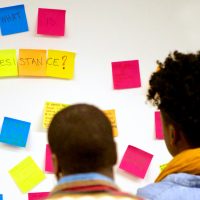

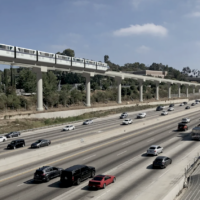
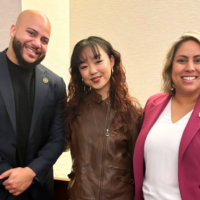
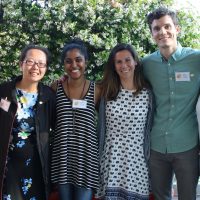
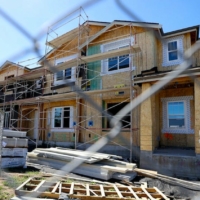



Leave a Reply
Want to join the discussion?Feel free to contribute!